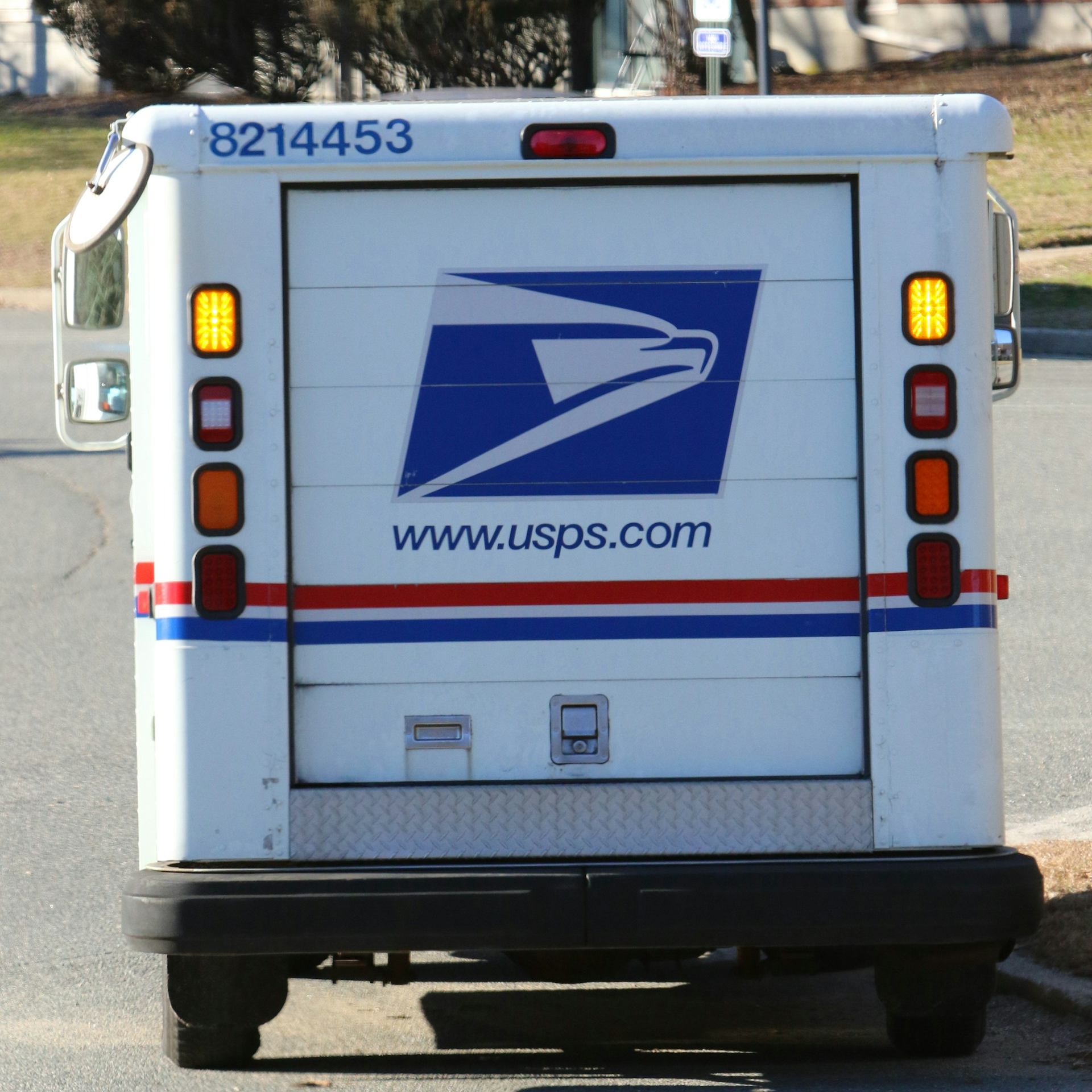Key Takeaways:
-
Understanding your PSHB plan’s costs and contributions can help you budget and make informed choices during Open Season or Qualifying Life Events.
-
Government contributions cover a significant portion of your premiums, but your share of costs depends on the plan’s design and usage.
Breaking Down PSHB Costs: What Are You Paying For?
When you enroll in a Postal Service Health Benefits (PSHB) plan, you’re signing up for comprehensive coverage tailored to the unique needs of postal workers and retirees. But understanding how your costs break down can feel like unraveling a complex puzzle. Let’s take a closer look at what you’re paying for.
Premiums: The Monthly Staple
Your premium is the fixed amount you pay monthly to maintain your health coverage. These are split into two categories:
-
Employee/Retiree Contributions: This is the portion you pay, deducted from your paycheck or annuity.
-
Government Contributions: The government covers approximately 70% of your premium costs, which significantly reduces your financial burden.
Premium amounts depend on the type of coverage you choose:
-
Self Only: Just for you.
-
Self Plus One: Covers you and one eligible family member.
-
Self and Family: Includes you and your eligible dependents.
Deductibles: The Starting Line for Costs
A deductible is the amount you’re required to pay out-of-pocket for medical expenses before your insurance kicks in. PSHB plans have varying deductibles based on whether you use in-network or out-of-network providers. Lower deductibles generally come with higher premiums, so balance what works best for your situation.
Copayments and Coinsurance: Sharing the Costs
-
Copayments: A fixed amount you pay for specific services, such as doctor visits or prescription drugs.
-
Coinsurance: A percentage of the cost you’ll pay for covered services once you’ve met your deductible. For example, you might pay 20% for an in-network specialist visit.
These cost-sharing methods ensure that you’re partially responsible for your care while the plan covers the majority.
Out-of-Pocket Maximums: Your Safety Net
Every PSHB plan has an annual out-of-pocket maximum, the cap on what you’ll pay for covered services in a calendar year. Once you hit this limit, the plan covers 100% of remaining costs. This includes your deductibles, copayments, and coinsurance, but not your monthly premiums.
Government Contributions: How Much Is Covered?
One of the standout features of the PSHB program is the government’s substantial contribution to your premiums. Let’s break this down.
The 70% Rule
The government pays roughly 70% of the total premium for your health plan. This percentage remains consistent across the different coverage tiers (Self Only, Self Plus One, and Self and Family). This support keeps quality healthcare affordable for postal employees and retirees.
Why Contributions Vary
The exact dollar amount the government contributes depends on the plan you choose. Plans with richer benefits and lower deductibles typically have higher premiums, which means the government’s contribution will also be higher. However, your share of the premium will increase as well.
How Do These Costs Add Up for You?
With all these moving parts, you might wonder how your PSHB plan’s costs fit into your overall financial picture. Here’s a practical look at how everything comes together.
Budgeting for Monthly Premiums
Your premium is your most predictable expense. Make sure to account for this fixed monthly cost in your budget. Remember that it’s deducted pre-tax from your paycheck or annuity, providing some tax advantages.
Planning for Out-of-Pocket Expenses
Deductibles, copayments, and coinsurance can vary widely depending on the plan. Consider your typical healthcare needs when choosing a plan. For example:
-
Do you have regular prescriptions or specialist visits?
-
Are you anticipating significant medical expenses, such as a surgery?
If you expect higher healthcare usage, a plan with higher premiums but lower out-of-pocket costs might be a better fit.
Maximizing Your Benefits
Take full advantage of preventive care services, often covered at 100% under your plan. These include routine checkups, screenings, and vaccinations, which can help you avoid more costly medical issues down the road.
Understanding Your Options During Open Season
Each year, Open Season gives you a chance to review your current PSHB plan and make changes if needed. This is the perfect time to:
-
Compare plans based on premiums, deductibles, and out-of-pocket maximums.
-
Assess any changes in your healthcare needs or financial situation.
-
Evaluate how well your current plan is working for you.
Qualifying Life Events (QLEs)
Outside of Open Season, you can only make changes to your PSHB enrollment if you experience a Qualifying Life Event, such as marriage, divorce, or the birth of a child. These events allow you to update your coverage to match your changing circumstances.
The Role of Medicare for Retirees
If you’re retired and eligible for Medicare, integrating it with your PSHB plan can provide comprehensive coverage while reducing out-of-pocket costs.
Medicare Part B Enrollment
For retirees, enrolling in Medicare Part B is often required to maintain PSHB coverage. While this adds another premium to your budget, many PSHB plans offer additional benefits to Medicare enrollees, such as:
-
Lower deductibles and copayments.
-
Reduced prescription drug costs.
Prescription Drug Coverage
Your PSHB plan automatically includes prescription drug coverage through a Medicare Part D Employer Group Waiver Plan (EGWP), simplifying medication costs and ensuring access to a wide range of drugs.
Tips for Making Informed Decisions
Navigating your PSHB options can feel overwhelming, but a few strategies can help you make the best choice for your situation.
Compare Total Costs
Don’t just look at the monthly premium. Factor in deductibles, copayments, coinsurance, and the out-of-pocket maximum. A plan with a lower premium might end up costing more if it has higher out-of-pocket expenses.
Review Plan Brochures
Plan brochures are packed with information about covered services, cost-sharing details, and network providers. Take the time to review these documents before making a decision.
Use Online Tools
Many resources are available to help you compare PSHB plans side by side. These tools can simplify the process by showing how different plans measure up in terms of cost and coverage.
What to Watch for in 2025
As we move through 2025, keep an eye on:
-
Any changes to PSHB plans during Open Season.
-
Updates to premiums, deductibles, or other cost-sharing requirements.
-
Adjustments to Medicare requirements for retirees.
Staying informed ensures that you can adapt to changes and make the best choices for your health and budget.
Staying Proactive with Your PSHB Coverage
Your health coverage is one of the most important investments you make for yourself and your family. By understanding the costs, government contributions, and benefits of your PSHB plan, you can make informed decisions that align with your needs and financial goals. Whether you’re enrolling for the first time, adjusting coverage during Open Season, or integrating Medicare as a retiree, taking a proactive approach will pay off in the long run.












